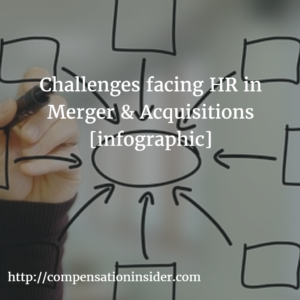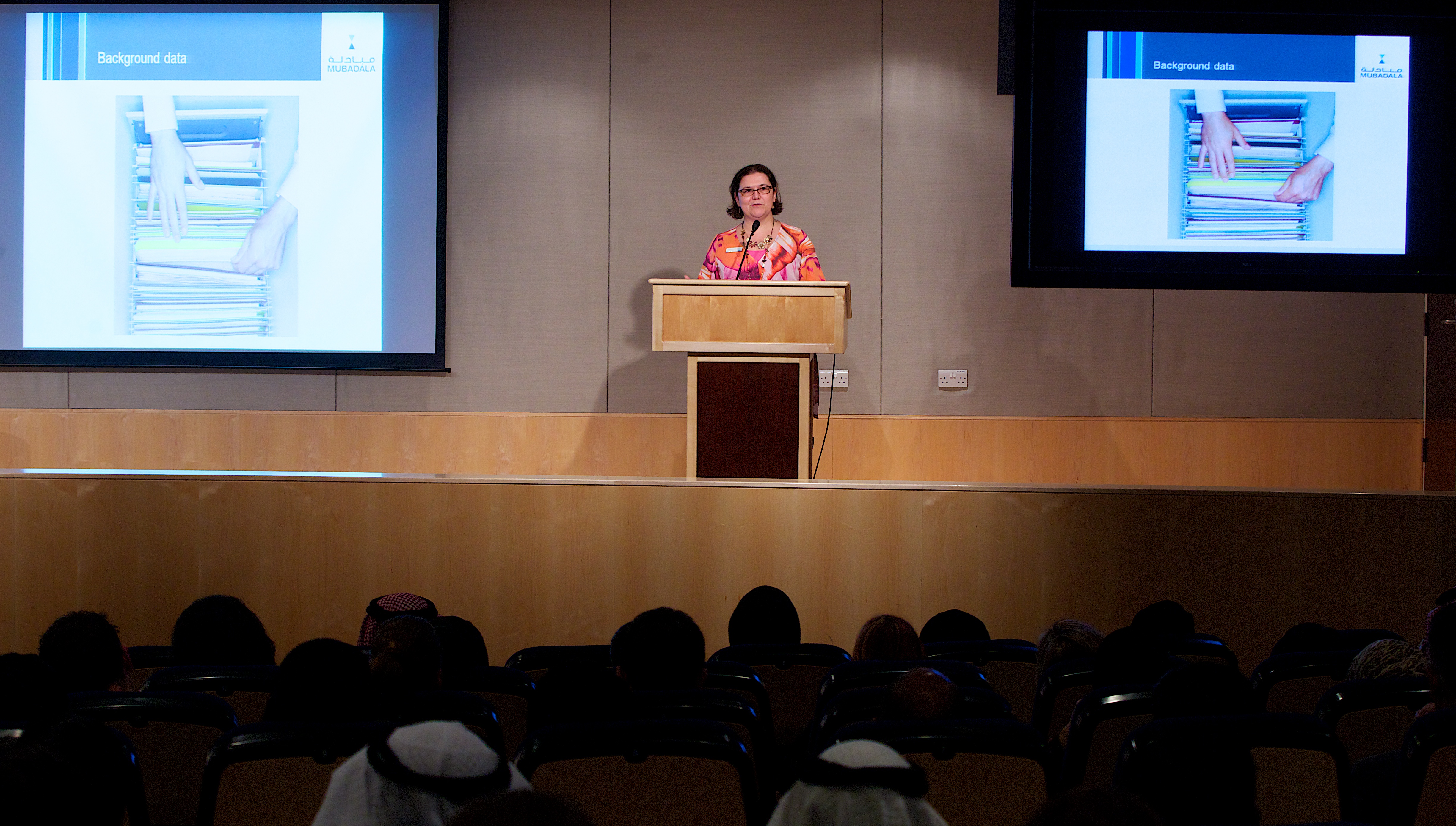In a recent post, Sharlyn Lauby from HR Bartender drew attention to a very interesting infographic from Mercer.
The infographic reveals the challenges faced by HR in supporting Merger & Acquisitions processes. I have been involved in such processes since early on in my career, and have to say that beyond being some of the most exciting projects our community can be involved in, they are also some of the most challenging.
My first experience was the split of part of my company, followed by its merger with another organisation… all to be split back to previous state (a”splinter”) in less of a year overall. This was in France, where there are very stringent laws regarding maintaining headcount and working conditions during such periods – and this was a unionised environment.
Then at my next organisation, we also split the company, moved one part of it from its NGO status to a fully commercial status and merged that new unit with a major global player. This experience covered employees in a little over 58 countries. One more layer of complexity…
Following that, I was involved in multiple projects at various employers, where we were acquired other companies, sometimes leaving them untouched, others with a full integration and transfer to our policies and practices, and other times with a hybrid approach. I once even discovered we’d acquired a company in Germany through an intranet announcement – if you want to read about this story at Apple, check it out here.
As a Compensation professional, support from me and my team was always required – and I’ve always loved these projects, despite the sometimes super tight deadlines and the complex legal requirements around employees, especially in Western Europe.
If you get involved in such projects for the first time, I urge you to really take into account the following :
- Get really close to your Finance, Tax, Legal and project team. Everything you do and propose will have repercussions, and there is a massive requirement for coordination.
- Get involved with the other party’s HR and project team as soon as possible. This will ensure you develop the best approaches possible given your specific set of circumstances. If you are the acquiring party, visit the other company to get a proper feel about how the acquisition is perceived, and hopefully anticipate and deflect major people-related hurdles.
- Never under-estimate the impact of culture. When the two corporate cultures clash, it is rare for an overall new culture to emerge. Often, one side “wins”, eventually. This leads to massive engagement issues at the “losing” side, loss of productivity, delays in getting to the anticipated benefits of the merger or acquisition. And when top talent starts to leave, then everyone loses – after all,often, the main reason for an acquisition is for the buying company to acquire the people-related assets such as intellectual property, specific skills, creativity or unique approach to business etc. And culture is the main reason why mergers fail.
So – you’ll find below the Mercer infographic (RSS readers may have to click through). I recommend you also check the comments to Sharlyn’s post, especially the first two as they cover some very important and pragmatic aspects of the pre- and post-deal work in a M&A environment. Have you been involved in such projects ? If so, what’s your view ?

Infographic by Mercer Insights
Enjoyed this post ? Please share it with your peers on Twitter, LinkedIn or Facebook !



Speak Your Mind